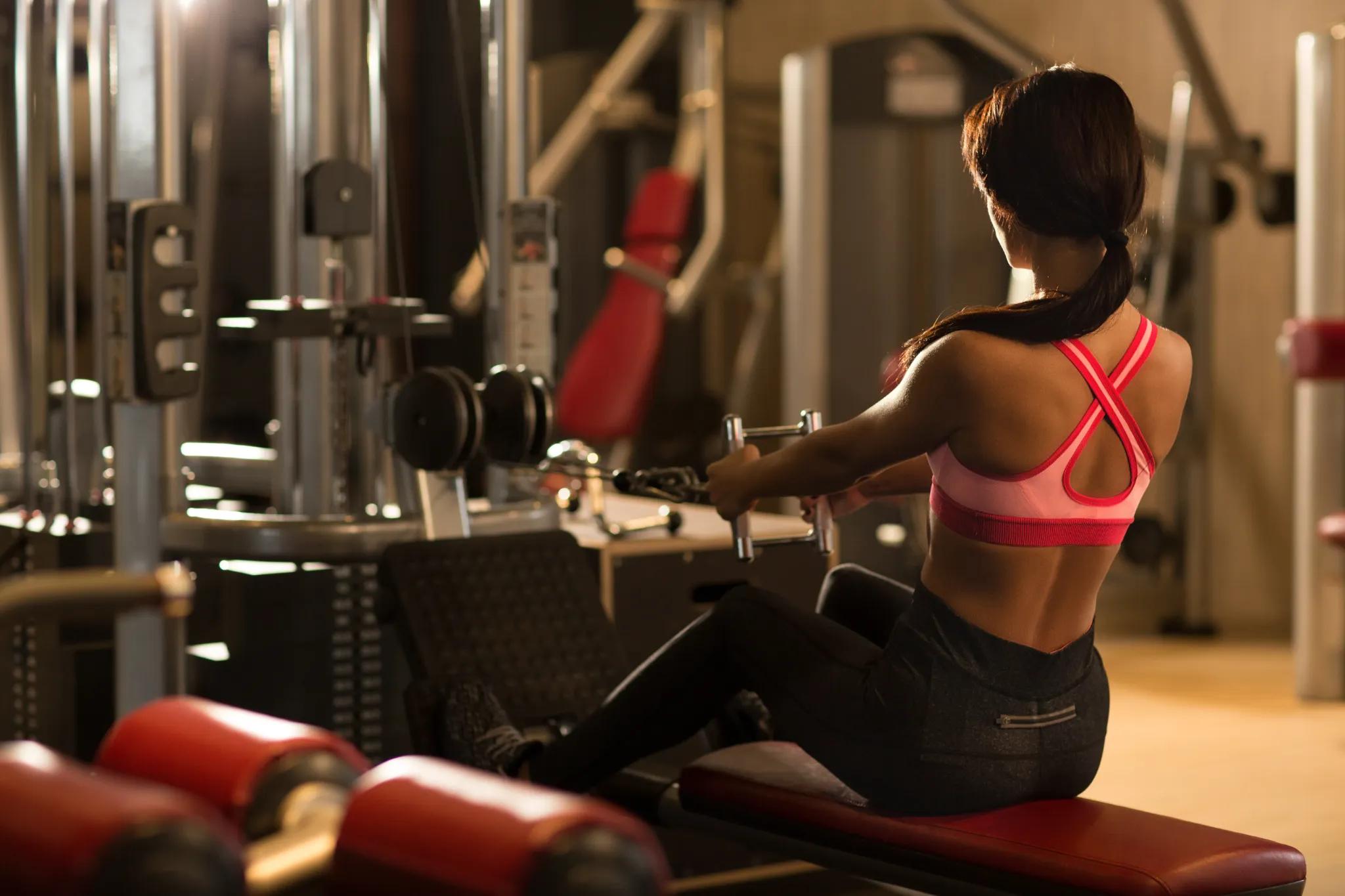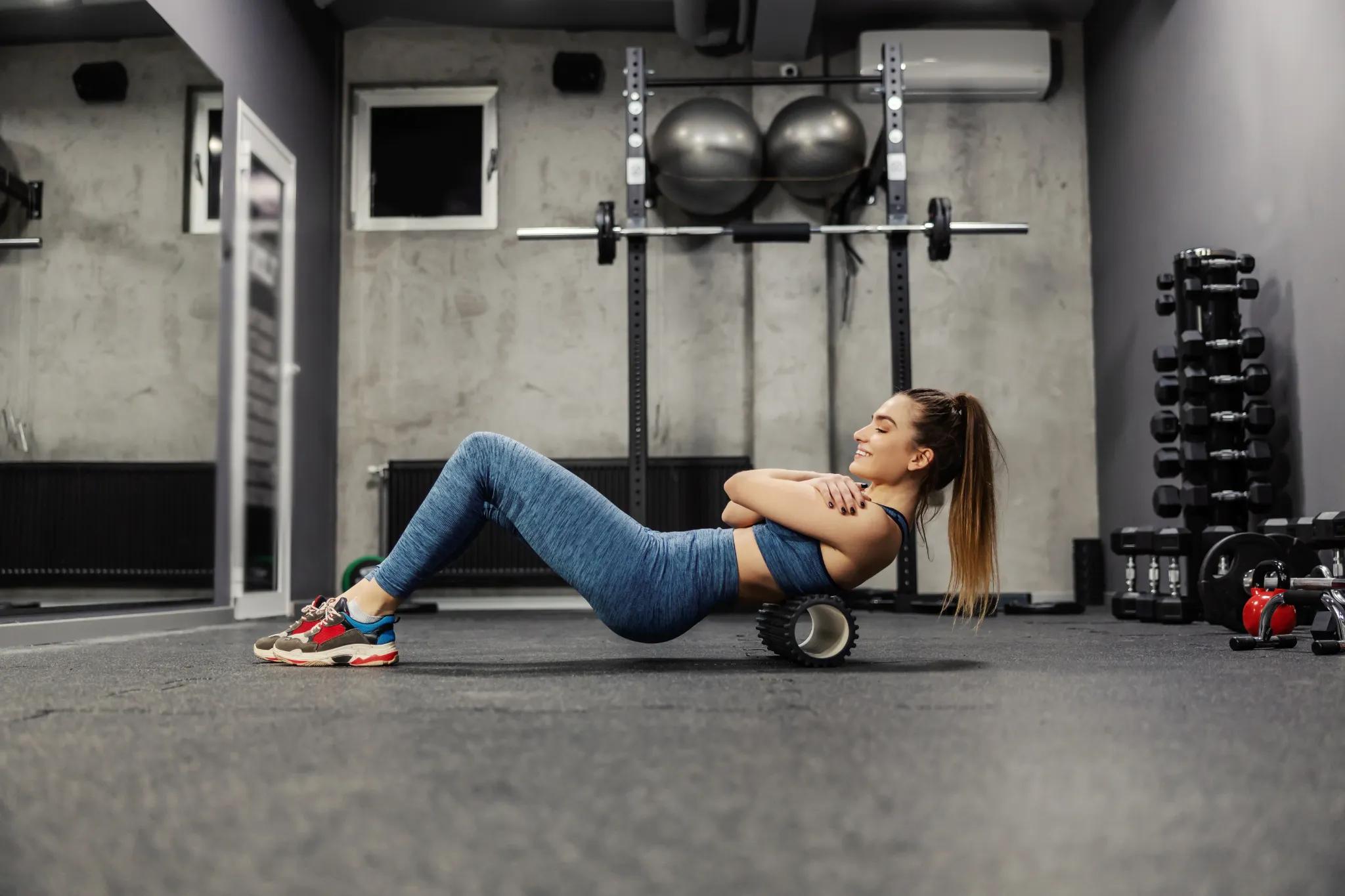A well-developed back goes far beyond aesthetics — it’s a sign of real strength, stability, and control. At the centre of a powerful back lies the latissimus dorsi, or lats. These large, wing-shaped muscles span across your upper and mid-back and play a key role in posture, pulling movements, and that sought-after V-shaped physique.
Whether your goal is to look more defined, improve your performance in the gym, or simply maintain a healthy posture, investing in good lat workouts is essential. Strengthening the lats not only builds width and symmetry in your back, but also supports your spine and shoulders in daily activities and training.
But lat development takes more than a few pull-ups. Understanding how to engage these muscles properly — and training them through a full range of motion using different equipment and angles — makes all the difference. That’s why we’ve created this complete guide to effective lat training.
Inside, you’ll learn how to activate the lats muscle, the best lateral exercises, how to use dumbbells and machines, and which stretch exercises support recovery. We’ll also answer key questions like “How do I make my lats bigger?” and “Are big lats genetic?” — giving you all the tools you need for stronger, smarter back training.
What Makes Good Lat Workouts So Effective?
The lats muscle is the largest in your upper body, stretching from the lower back to the shoulders. These wide, flat muscles play a central role in pulling movements, whether you’re lifting something heavy or performing a pull-up.
Functionally, the lats help with shoulder extension, adduction, and internal rotation — key movements for climbing, rowing, and swimming. Strengthening them improves posture, spinal stability, and performance in everyday tasks and sports.
Neglecting your lats can lead to muscle imbalances and shoulder instability, increasing the risk of injury. So, whether you’re aiming to bulk up or simply support your body’s natural mechanics, understanding what are lats and why they matter is the first step towards a balanced, stronger back.
How to Hit Lats Properly During Workouts
One common mistake is failing to properly activate the lats during back workouts. To hit them effectively, movement and form must be intentional. Begin by retracting your shoulder blades to prevent your traps and arms from taking over. Keep elbows close during pulls to maximise lat involvement.
Use both vertical (pull-ups, pulldowns) and horizontal (rows) pulling patterns to train the lats from all angles. Go slow during the lowering phase to increase time under tension — a key factor for muscle growth.
Filming your sets or using a mirror can help check whether you’re truly using the lats. Mastering form and focus will make all your good lat workouts more productive.
Effective Lat Workouts to Boost Muscle Growth
To grow your lats, you need exercises that stretch and contract the muscle fully. Start with heavy compound movements like pull-ups, barbell rows, or lat pulldowns to activate a large number of muscle fibres. Wide-grip pull-ups, in particular, are great for developing outer lat width.
Follow up with isolation work such as straight-arm pulldowns or dumbbell workout lats like pullovers and single-arm rows. These help correct imbalances and refine technique.
Aim for 3–4 lat-focused movements per session, using 8–12 reps and progressive overload to build muscle steadily. With consistent effort, your back will become broader and stronger.

Top Lateral Exercises for Lat Development
Lateral exercises target the outer portion of the lats, helping you achieve a wide, V-shaped look.
- Wide-Grip Pull-Ups: Emphasise the outer lats and minimise biceps involvement.
- Lat Pulldowns (Wide-Grip): A beginner-friendly version of pull-ups with adjustable resistance.
- Straight-Arm Pulldowns: A great isolation move that reduces arm interference and fully engages the lats.
Incorporate these exercises with slow, controlled reps and strong contractions to maximise lat width.
Top Dumbbell and Bodyweight Lat Exercises
Dumbbells and bodyweight moves offer versatile, effective options for training the lats — especially when gym access is limited.
- Single-Arm Dumbbell Row: Helps with lat activation and muscle balance.
- Incline Dumbbell Row: Performed on an incline bench, it targets the lats while supporting your spine.
- Dumbbell Pullover: Stretches and contracts the lats, providing deep engagement.
- Pull-Ups & Inverted Rows: Excellent bodyweight options that build strength and control.
These movements keep lat training accessible and effective for all fitness levels.
Machine and Cable-Based Lat Exercises

Machines provide stable, consistent resistance and allow you to focus on muscle contraction.
- Lat Pulldown (Standard & Close-Grip): A classic for developing both width and depth.
- Kneeling Lat Pulldown: Adds core engagement and shifts the line of pull for variety.
- Seated Cable Row: Targets the mid-back and lats, especially with a wider grip and elbow-focused form.
Use these machines to isolate the lats muscle and progress safely over time.
Stretching and Recovery for Optimal Lat Training

Training your lats hard is only half the battle — how well you recover determines how effectively you grow. The lats muscle spans across multiple joints, including the shoulder and spine, making it especially prone to tightness and mobility limitations. That’s why recovery-focused routines and dedicated lats stretch exercises are crucial.
Tight lats can restrict shoulder flexion and affect your form during overhead lifts, bench presses, or even pull-ups. Incorporating stretches after your workout or during rest days helps maintain flexibility and reduce the risk of injury.
Try a band-assisted overhead stretch to fully lengthen the lats, or perform a side-leaning stretch while gripping a fixed surface. Foam rolling the upper side of your back can also relieve tension and improve blood flow. For dynamic movement, arm circles or dowel shoulder dislocates can prime the area before training.
To enhance recovery further, OSIM’s massage chairs provide targeted back and shoulder support. After an intense session of good lat workouts, spending 10–15 minutes in an OSIM chair can help loosen tight muscles, promote circulation, and accelerate muscle repair. Whether you’re recovering from heavy rows or simply feeling tight after long hours at a desk, investing in post-training care makes a real difference.
Common Challenges with Lat Development
Many struggle with lat growth due to genetics, poor form, or lack of exercise variety. While some people are genetically predisposed to broader lats, everyone can build visible size with the right approach.
- Are big lats genetic? To a degree, yes — but muscle growth is largely trainable.
- Is lats hard to build? It can be, especially if you’re not properly engaging the muscle.
Consistency, a well-balanced diet, and intelligent training progression are key to overcoming plateaus in your good lat workouts.
Shaping a V-Tapered Physique Through Focused Lat Training
The V-shaped physique is built through a combination of strong lats, well-developed shoulders, and a lean midsection. The lats muscle adds width to your back, creating the upper flare that tapers down into the waist.
Focus on wide-grip pull-ups, pulldowns, and incline rows to expand the outer lats. Train your shoulders and core alongside your back to exaggerate the V-taper visually. Adding mobility work helps maintain an upright posture and proper range of motion, enhancing the shape you’re building.
A balanced plan of smart training, mobility, and nutrition makes the V-shape a realistic, achievable goal.
Creating a V-tapered body doesn’t happen overnight, but with structured good lat workouts, proper nutrition, and a balanced training plan, it’s an achievable and sustainable goal for most individuals.
How to Train Lats Safely and Progressively
Effective lat training means balancing intensity with recovery. Overtraining can stall results, so aim to train lats 2–3 times per week with rest days in between.
Focus on clean technique — avoid swinging or using momentum. Let your lats do the work, especially during the eccentric (lowering) phase. Pairing lat training with push exercises back like bench presses also builds overall upper-body symmetry.
Good breathing technique, proper posture, and steady progression will help you avoid injury and build muscle safely over time.
Benefits of Lat Training for Fitness and Health
Lat training delivers both aesthetic and functional results. Strong lats improve posture by pulling your shoulders into better alignment, which is especially helpful if you spend hours at a desk.
Functionally, they’re essential for lifting, pulling, and stabilising the spine. Strengthening your lats muscle also supports your shoulders and prevents common injuries in pressing and overhead movements.
On top of that, seeing your back grow and your posture improve is a huge confidence booster — one that motivates you to stay consistent and push forward.
Elevate Your Back Workouts With Lats in Focus
The latissimus dorsi is a powerhouse muscle that deserves dedicated attention in any well-rounded training plan. Whether your goal is strength, improved posture, or that sought-after V-taper, focusing on good lat workouts will help you move and feel better while transforming the way your upper body looks and performs.
By understanding how to train lats with both compound and isolation exercises, incorporating proper form, allowing for recovery, and being consistent with your efforts, you can make steady, visible progress. Don’t shy away from experimenting with grip variations, movement angles, and equipment — variety keeps training fresh and challenges your muscles in new ways.
For those looking to maximise their recovery, OSIM’s wellness tools offer an ideal solution. Their advanced massage chairs support muscle recovery through targeted back and shoulder relief, helping you feel your best between workouts. Whether you’re dealing with post-training tightness or just seeking better overall wellbeing, investing in recovery is just as important as the training itself.
Keep your goals in sight, train with intention, and let your lats take your back development — and fitness — to the next level.




